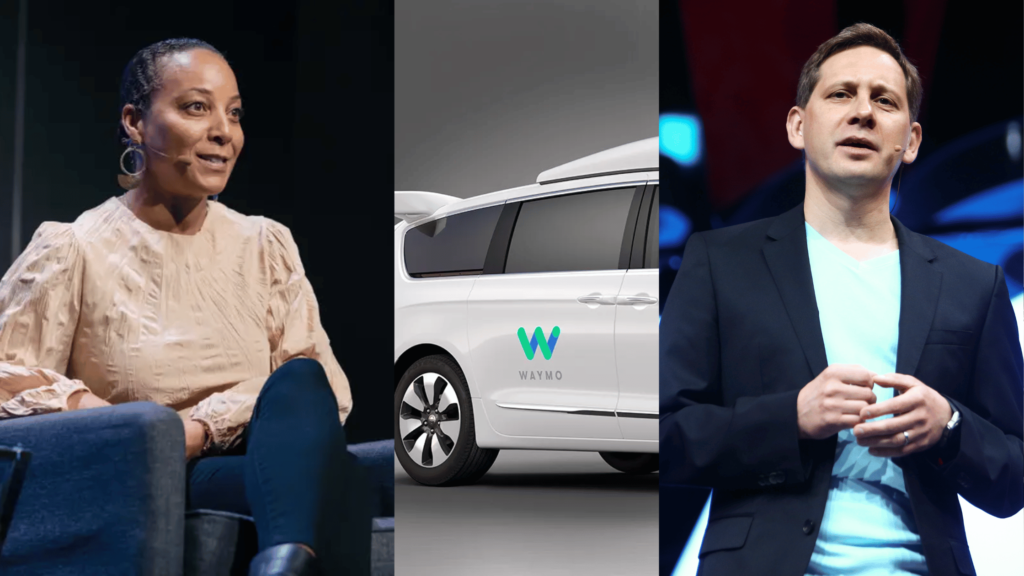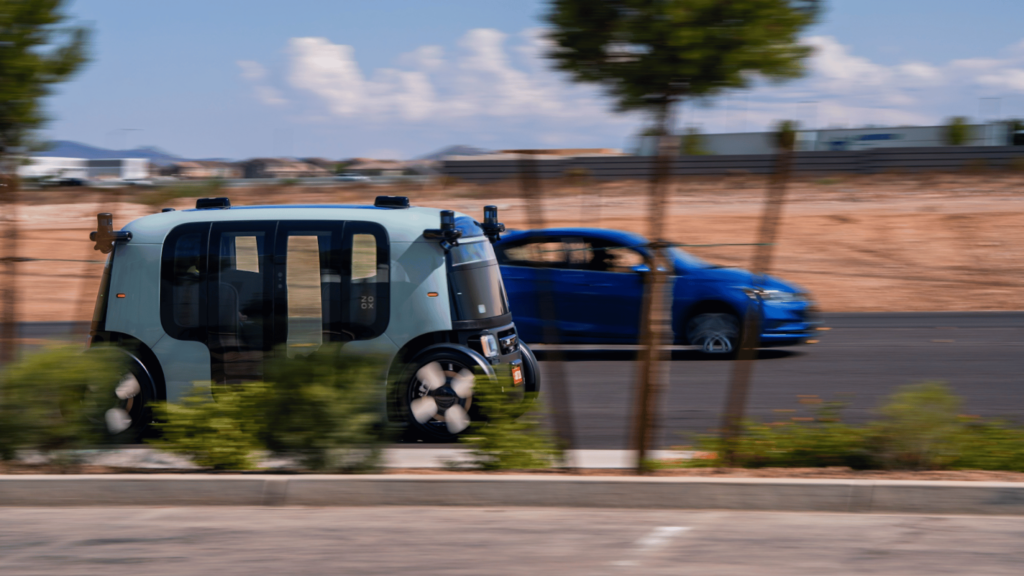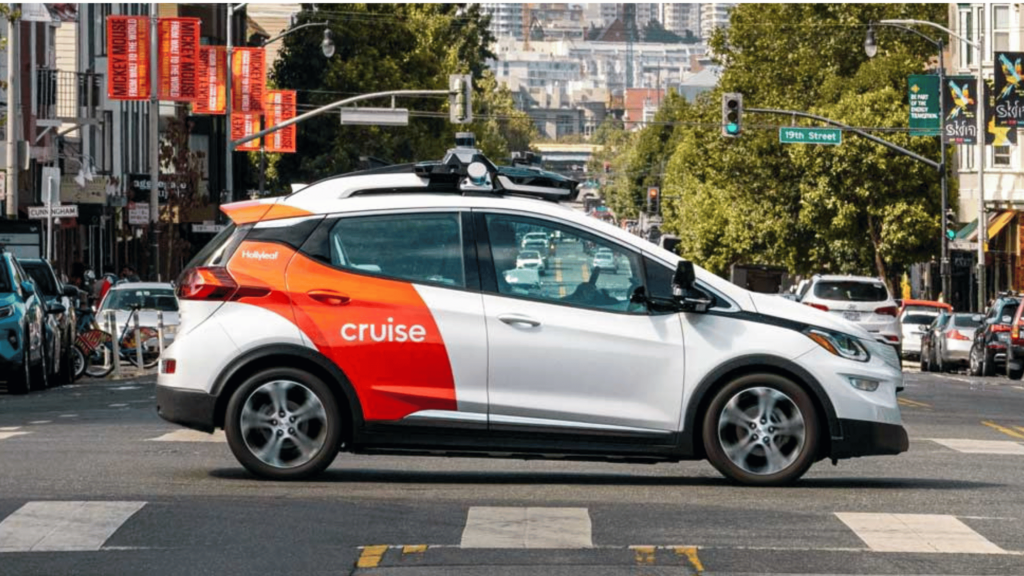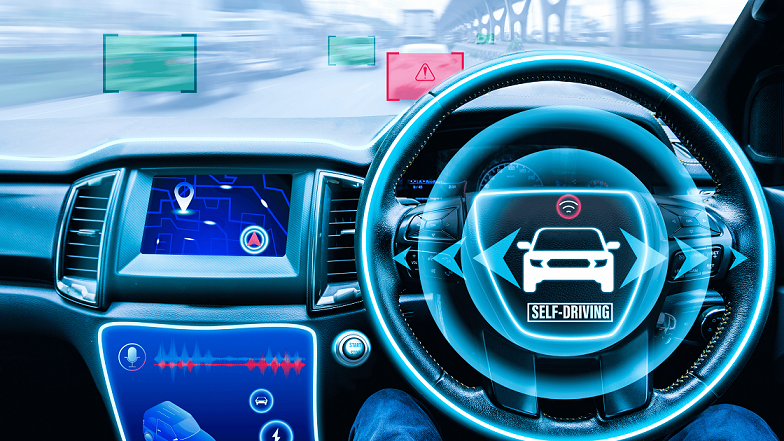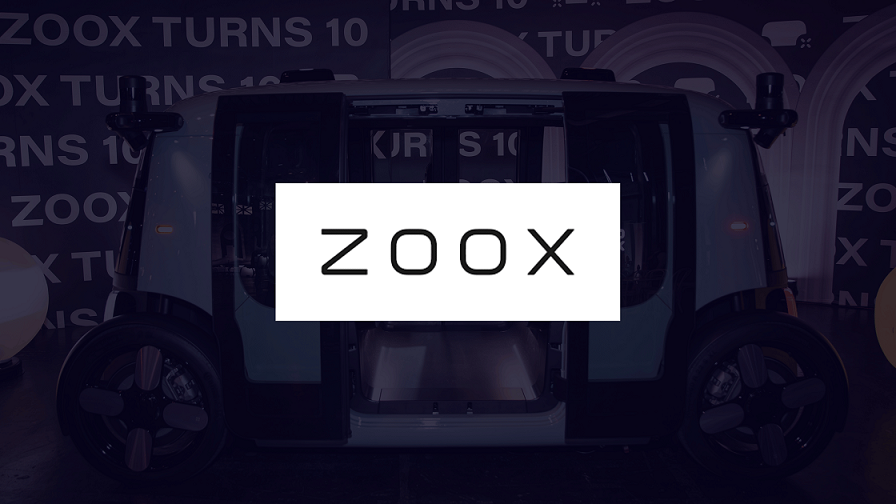Autonomous vehicles (AVs) have revolutionized our transportation system. About a decade ago, AVs were dismissed as something out of a science fiction movie, but nowadays, the number of self-driving cars on American roads has significantly increased.
McKinsey predicts that by 2035, autonomous driving could create $300 billion to $400 billion in revenue. The industry is fast growing., and one of the driverless companies pioneering this revolutionary technology is Waymo.
In this article, we will explore ten amazing things to know about Waymo – its meteoric rise to fame and how it became a leader in the autonomous vehicle industry.
Ten Amazing Things (Key Facts) to Know About Waymo
1. The Evolution and Origin Behind the Name

The Waymo self-driving car project began in 2009 and was initially known as the Google Self-Driving Car Project. The project was pioneered by Anthony Levandowski and Sebastian Thrun, who led their robotics team at Stanford University to win the DARPA Grand Challenge. This initiative was fueled by the desire to revolutionize transportation and make roads safer, aimed to develop technology that would enable cars to navigate autonomously.
Over the next few years, the project made significant strides, logging hundreds of thousands of miles on public roads and refining its self-driving technology.
As the project matured and its potential became increasingly evident, Google decided to spin it off as a separate company under its parent company, Alphabet. In December 2016, the Google Self-Driving Car Project was rebranded as Waymo, signifying a new chapter in its evolution.
The name “Waymo” is derived from the phrase “a new way forward in mobility,” encapsulating the company’s vision to create a future where transportation is safer, easier, and more accessible for everyone.
This transition marked a significant step towards establishing Waymo as a distinct entity, allowing it to operate with greater autonomy and pursue its mission with renewed focus.
By 2015, it had achieved a groundbreaking milestone, completing the world’s first fully driverless trip on public roads.
Waymo has two CEOs: Tekedra Mawakana, a Black American businesswoman and lawyer, and Dmitri Dolgov, a Russian-American engineer. Mawakana is a policy expert who’s led Waymo’s strategy, operations, marketing, and public affairs. Dolgov is in charge of developing the company’s software and hardware.
2. Waymo Began as a Secret

When it first started as the Google Self-Driving Car Project in 2009, very few people outside of Google knew about its existence. The project was initially kept under wraps, with its engineers and researchers working diligently behind closed doors to develop the technology that would eventually become Waymo.
This secrecy stemmed from several factors. Firstly, Google wanted to protect its intellectual property and maintain a competitive edge in the emerging field of autonomous vehicles. Secondly, the technology was in its early stages, and Google wanted to avoid premature publicity that could lead to unrealistic expectations or unwarranted criticism. Lastly, there were legitimate concerns about the safety and regulatory implications of self-driving cars, which Google wanted to address thoroughly before revealing its project to the world.
For almost two years, the project remained largely confidential. It wasn’t until October 2010 that the New York Times broke the news of Google’s self-driving car project, bringing it into the public spotlight.
3. Custom Sensor Development

Waymo doesn’t solely rely on off-the-shelf sensors. They design and build some of their own lidar, radar, and camera systems, optimizing them for autonomous driving performance and cost efficiency. Waymo sensors and software are designed to detect objects 360 degrees around the vehicle, even in the dark.
4. Proving a Car Could Drive Itself

In 2009, when Waymo began operations, the team’s first goal was to proof that a car could, indeed, drive itself. To achieve this, the team developed custom software and made hardware modifications to a Toyota Prius and set out to cover over 100,000 miles of autonomous driving on public roads. They tested the vehicle on tough routes like the Golden Gate Bridge, Lombard Street’s curves, and mountain roads to Lake Tahoe. It worked! So, they kept going and later added a second vehicle, the Lexus RX450h SUV, to their testing.
5. Firefly: The First Self-driving Car Built from the Ground Up

In the early stages of development, Google’s AV team was focused on teaching their testing vehicles how to master staying in one lane, maintaining speed, and not hitting the car in front. This was a semi-autonomous technology, as humans could still take over control at short notice. Google users were invited to try it out. The positive reviews were overwhelming. This further led the team to commit to an even more audacious mission: building a fully autonomous vehicle that could take passengers from one point to another. This was how the portable prototype, “Firefly,” was born.
Firefly was designed to be neighborhood-friendly and approachable, and it had no steering wheel or pedals, although some people said it looked like a koala. All the sensors the car needed to “see” the world were smoothly integrated into its shape. The team’s simulation technology enabled them to simulate and analyze millions of miles of driving every day before getting it out on the road.
6. The World’s First Fully Self-driving Trip on Public Roads

In 2015, Google achieved a historic breakthrough in the field of autonomous vehicles when Steve Mahan, who is legally blind, embarked on the world’s first fully self-driving trip on public roads. Mahan, a former CEO of the Santa Clara Valley Blind Center, rode in Google’s self-driving car prototype, the “Firefly,” from a park to a doctor’s office in Austin, Texas. His ride was possible because “Firefly” was capable of handling even the most difficult driving tasks, such as detecting and responding to emergency vehicles, mastering multi-lane four-way stops, and anticipating what a human could possibly do next.
This momentous event marked a significant leap forward in the quest to make transportation accessible to everyone, regardless of their abilities. It demonstrated the potential of self-driving technology to revolutionize the lives of people with disabilities, offering them a level of independence and mobility that was previously unattainable.
7. The Waymo Driver

At the core of Waymo’s success is the Waymo Driver, the company’s autonomous driving technology. It consists of a suite of sensors, including LiDAR, radar, and cameras, combined with advanced software that processes and interprets data to make real-time driving decisions. The Waymo Driver is designed to be adaptable, capable of driving in diverse environments and conditions, and is currently being used in a variety of vehicle platforms, including Waymo’s own robotaxis.
According to the Waymo website, the Waymo Driver is an autonomous driving technology that “never gets drunk, tired, or distracted.” It is dubbed “the world’s most experienced driver,” with billions of miles driven in simulation and millions of miles on public roads.
8. The Most Ride-Hailing Trips in a Week

Alphabet-owned Waymo recently announced that it has made more than 200,000 paid ride-hailing trips in a week in three cities – San Francisco, Phoenix, and Los Angeles. This is a record-breaking feat for a self-driving car in the United States. The impressive growth highlights the increasing popularity and acceptance of autonomous ride-hailing services in the U.S. Public confidence in the safety and reliability of self-driving technology has increased, as well as Waymo’s continuous efforts to expand its service areas and improve the user experience.
Waymo is now operational in Austin, exclusively through the Uber app. It’s also making planned expansions into Atlanta, Miami, and Washington, DC in 2025/2026.
9. Waymo Reduces Crash Rates Compared to Human Drivers

A report by AVIA’s Research & Discoveries (R&D) Series highlights that the Waymo Driver significantly outperforms comparable human benchmarks for roadway safety. This was determined after over 7 million rider-only miles (i.e. no human driver behind the wheel) were analyzed.
Based on the findings, compared to human benchmarks, the Waymo Driver demonstrated an 85% reduction or 6.8 times lower crash rate involving any injury, from minor to severe and fatal cases (0.41 incidence per million miles for the Waymo Driver vs 2.78 for the human benchmark). A 57% reduction or 2.3 times lower police-reported crash rate (2.1 incidences per million miles for the Waymo Driver vs. 4.85 for the human benchmark).
10. TIME’s 100 Most Influential Companies

Waymo has officially been added to the 2024 list of TIME’s 100 most influential companies. This is a major feat for Waymo, a testament to how far it has come. Waymo is making sci-fi fantasies a reality with its growing fleet of driverless taxis, TIME said, further highlighting Waymo’s brag of “creating what it claims is the world’s largest fully autonomous service area.”
You May Also Like:
- Waymo’s 6th Generation of Robotaxis: Will It Galvanize Profit?
- Top 20 Autonomous Vehicle Companies in the U.S. (2024)
- Understanding ADAS in Autonomous Vehicles and How It Works
- Driverless Technology: Key Components of Autonomous Vehicles (Complete Teardown)
- 10 Things You Should Know About Zoox After 10 Years Building Autonomous Vehicles
Conclusion
Waymo has distinguished itself as a leading company in the autonomous vehicle industry. It has redefined fully autonomous transportation with the Waymo Driver, a technology that has given it an edge over its competitors. Where some others have stumbled, Waymo has succeeded, expanding operations across 13+ states in the U.S. Their dedication to safety, innovation, and accessibility has propelled them to the forefront of the self-driving revolution.
The road ahead is not without challenges, but Waymo’s unwavering commitment to its vision suggests a future where autonomous vehicles will radically change our world in ways we can only imagine.

I’m Dr. Brandial Bright, also known as the AVangelist. As a dedicated and passionate researcher in autonomous and electric vehicles (AVs and EVs), my mission is to educate and raise awareness within the automotive industry. As the Founder and Managing Partner of Fifth Level Consulting, I promote the adoption and innovation of advanced vehicle technologies through speaking engagements, consulting, and research as we progress to level 5 fully autonomous vehicles.

